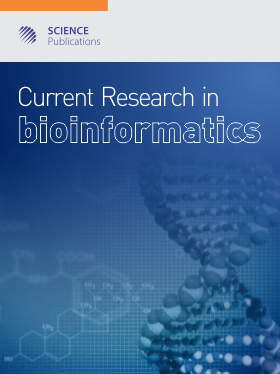Use of Enterobacterial Repetitive Intergenic Consensus PCR in Detecting Target(s) of Hapalindole-T, From a Cyanobacterium, in Escherichia Coli: In Silico Validation
- 1 Banaras Hindu University, India
Abstract
Problem statement: Identification of newer biomolecule as well as targets are a rising concern because of increasing drug resistance in bacteria. We have isolated a broad spectrum antibiotic biomolecule Hapalindole-T from a cyanobacterium, Fisherella sp. growing on local Azadirachta indica tree bark. A model bacterium E. coli was screened spontaneously for Hap-T resistance. These resistant strains of E. coli were used to identify Hap-T target(s). Approach: These strains were subjected to Enterobacterial Repetitive Intergenic Consensus (ERIC) PCR analysis and compared with the sensitive one. We have used different bioinformatic tools like Clustalw, NJ Plot and Docking server. The Swiss-model server was used for homology modelling. Predicted 3D structure was refined by energy minimization and quality was assessed by Procheck. The model protein hailed from fimbrial biogenesis outer membrane usher protein (ADK89122.1). The interaction between the predicted structure of Model-1 protein and Hap-T biomolecule was analysed in silico using Autodock and Mopac parameters. Results: An additional band of DNA fragment (~500 base pairs) was found on agarose gel run after amplified genome of resistant strain. The results indicated that certain residues (Tyr-28), (Phe-54), (Leu-36) and (Val-52) were highly conserved and present in active sites. Conclusion/Recommendations: Thus understanding of microbial adhesion can act as an alternative approach in development of broad spectrum antibiotics.
DOI: https://doi.org/10.3844/ajbsp.2012.30.40

- 7,012 Views
- 6,196 Downloads
- 0 Citations
Download
Keywords
- Homology modelling
- active sites
- alternative approach
- enterobacterial repetitive
- resistant strain
- highly conserved
- active sites
- model bacterium
